A Common Mistake of Self-Taught Harpists (Sailing on a Lake – easy TUTORIAL)
Placing before playing – is often something you don’t see written in the sheet music, or hear when you’re learning to play by ear – but it’s very important for technique and being able to play beautifully. First I’ll explain the concept to you, and then we’ll go through a piece I’ve written as an exercise.
Click HERE for a free download of the piece so we can go through it together!
FINGER PLACEMENT
The concept I’m talking about is how we position our fingers on the strings before playing groups of notes one by one. For example, we’ll play 4 notes in a row: 4, 3, 2, 1, or an arpeggio. It can also happen with groups of 3 fingers in a row: 3, 2, 1 or even 2, 1.
THE COMMON MISTAKE
The common mistake is playing each finger one by one. When this happens your fingers end up curling, which is another error in conjunction with the common mistake! But that isn’t the mistake we’re focusing on today – it’s about how you’re playing each finger one by one.
THE CORRECT TECHNIQUE
What we want is to make sure we position/group our fingers together before we start playing. Why is this so important? If we don’t practice this concept, it can limit our ability to play beautifully and learn complex pieces at a later stage.
When we place all our fingers at the same time we get a sense of being grounded and secure on the strings, as opposed to searching for each string with one finger. This allows us to play with a more controlled and beautiful tone instead of it sounding detached.
Another thing is that it helps with being more expressive and to think ahead while playing. As an example, if we prepare our fingers to play the notes C, D, E, G, it already sounds more natural because we thought ahead. Again, if we play each note one by one – not only does it feel more stressful to concentrate on each note, but it also makes it difficult to work with both hands.
“SAILING ON A LAKE” EXERCISE PIECE
Download free exercise here (working from a printed copy is recommended)
What you’ll see in this piece are groups of three notes: 3, 2, 1 in the left hand (LH) and 3, 2, 1 in the right hand (RH). They are groups of triads, and our piece is in the key of C major (no sharps or flats).
A “C” triad is C, E, G, an “F” triad is F, A, C and a “G” triad is G, B, D. Later on in the piece we’ll come across an “A minor” triad (A, C, E). All your levers will be down if your harp is tuned in “C”.
Let’s start with the RH (end of bar 1). First, we have the C triad: C, E, G – make sure your fingers are directly positioned onto the strings at the same time. Make sure your hand is opened enough so the thumb is up and the fingers are pointing down, directly on the strings. Practice this few times, placing them all together. Now we’ll play the notes one by one. Make sure your fingers come into the palm of the hand with the thumb coming over. We’ll repeat this same process with the F triad, the G triad, then back to F.
Practice finger placement until you’re able to put all three fingers quickly onto the strings, knowing exactly how wide and open your fingers need to be for that position.
For the LH, we’re going to repeat this same process of preparing fingers onto the strings before playing each triad. After that, practice moving from one hand into the other.
How was that? I hope it was good! The next step is playing fluently, meaning while playing a triad (C) with one hand, you’re preparing the other hand for the following triads (F, G etc). We have to think ahead!
I should mention that after the first set, (the C triads) when the LH moves onto the F triad, it might stop the RH from playing that C – you’ll just have to place it a bit later. It’s okay if it stops the notes from sounding, we just want to practice putting them altogether intentionally and early.
Play again the C triad, F triad, G, going back to F.
The second part of the piece (bars 5-8) starts with an A minor (minor triad), moving to G, then F, then back up to G. We’ll apply all the same concepts as before. Then we’ll repeat that as written. Now we’re going to get ready for the next section (bars 9-12) – which is just like the beginning. Repeat as written. The last two bars end with a nice C arpeggio, ending on a final C note. If you have a smaller harp, you can end wherever you can on a C.
RECAP
Remember for this piece, it’s most important that you’re preparing in advance, placing your fingers early, and not starting off too fast! Make sure that you’re applying this principle of finger placing well in advance of the notes, making sure it continues to happen once you eventually pick up tempo. It’s good to be disciplined when you’re changing things about your technique. Wishing you all the best!
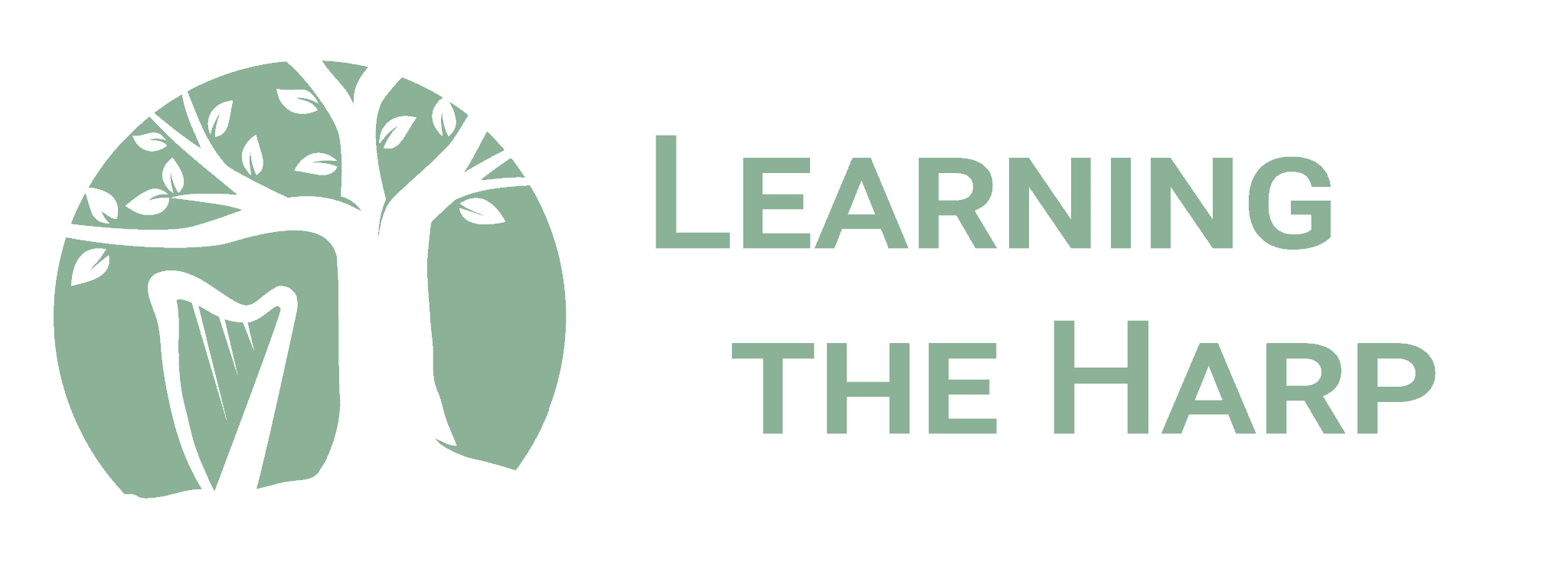
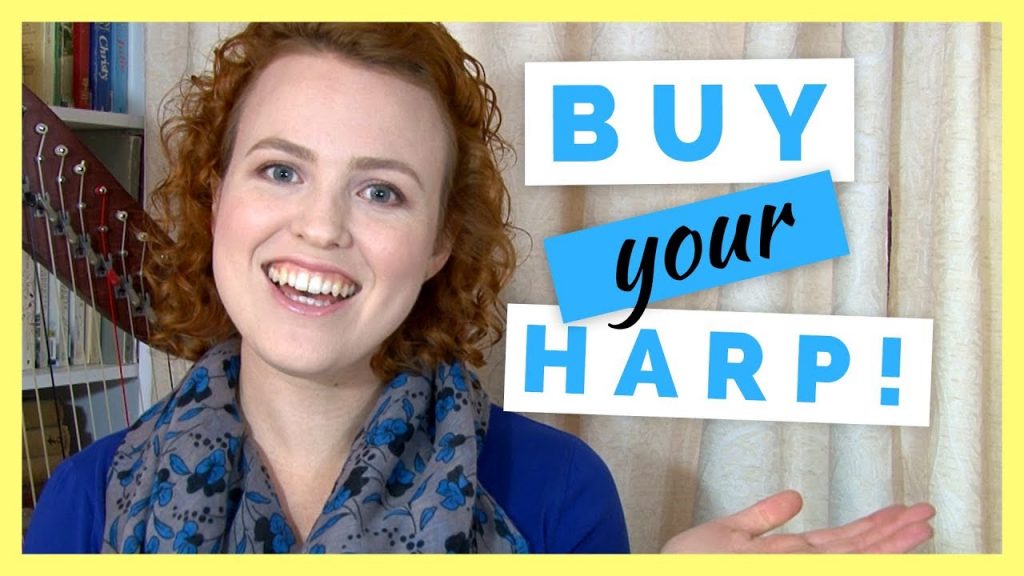

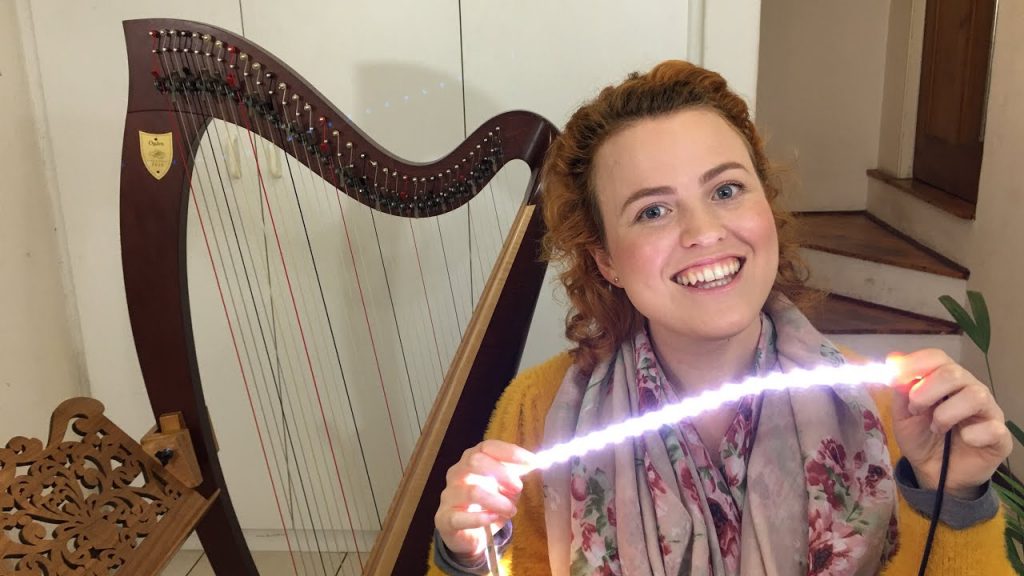
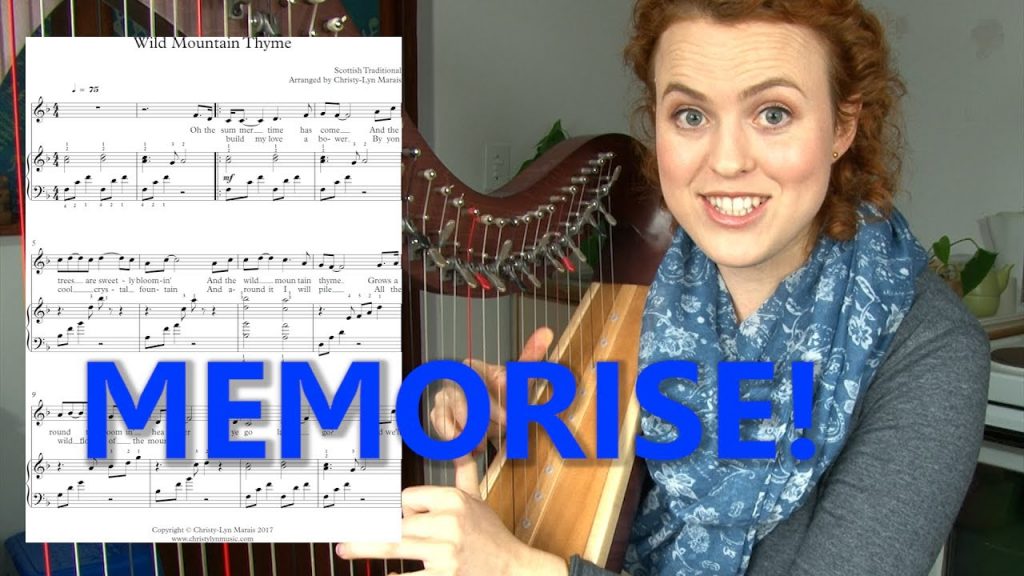

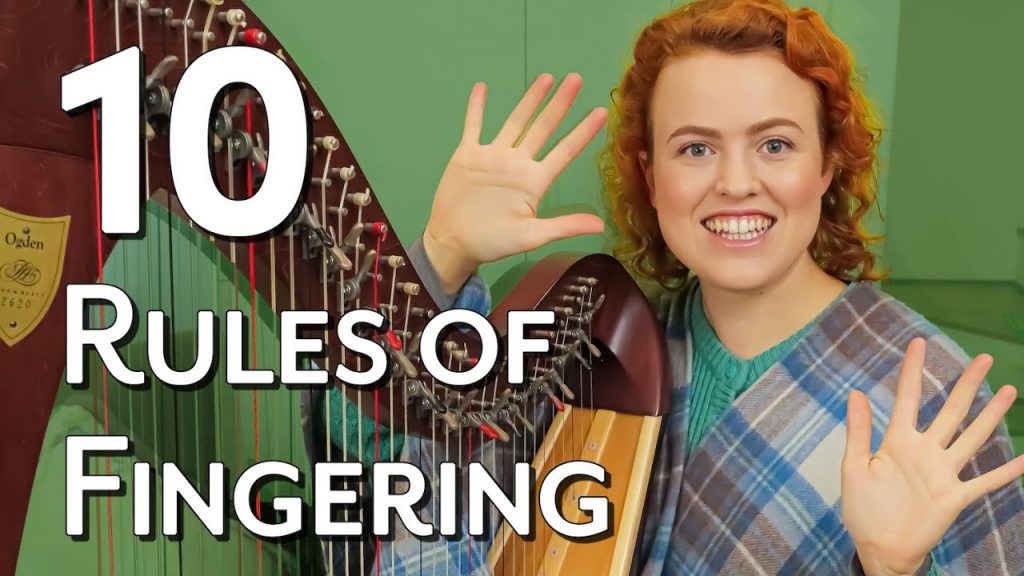
Thank you. This is very helpful.
Thanks for helping out, great information.